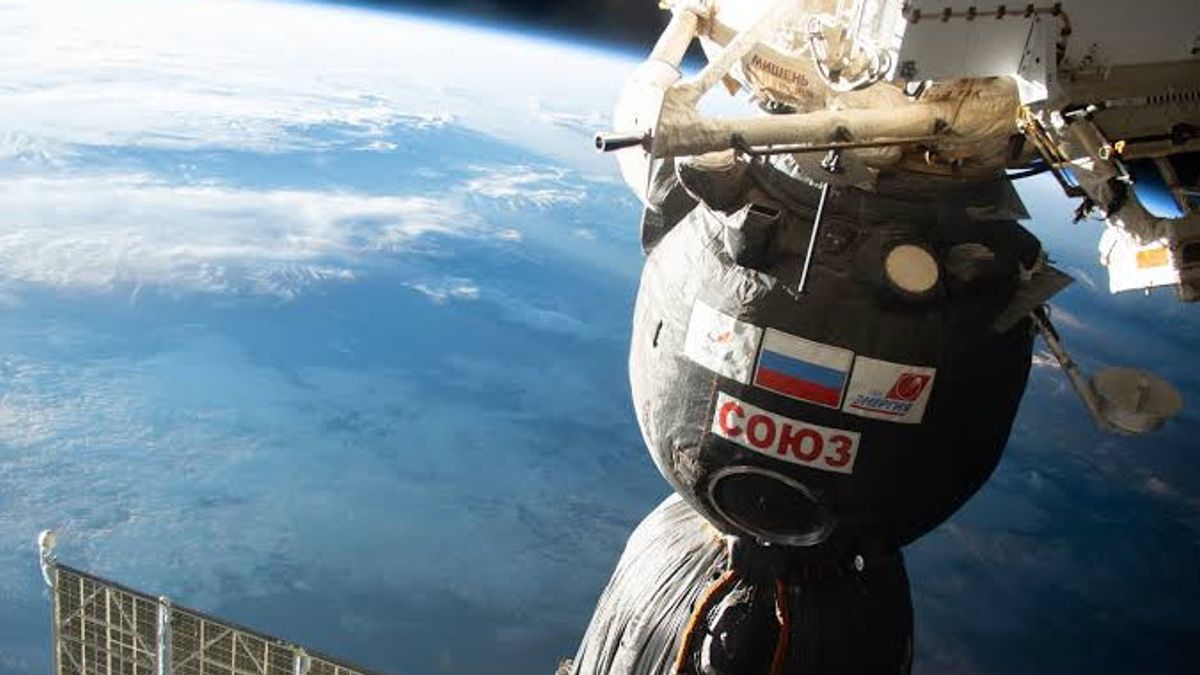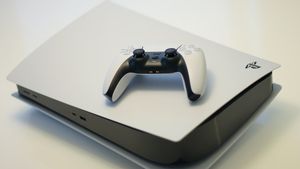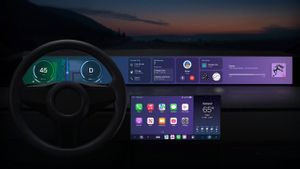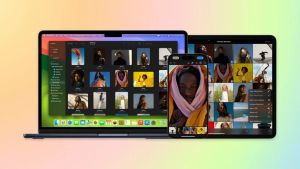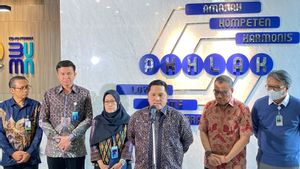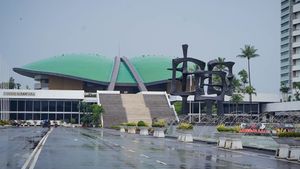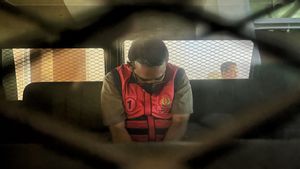JAKARTA - The International Space Station (ISS) will soon have a small experiment the size of a milk carton. This experiment will be installed on the ISS and useful for the future of communications in space.
The experiment, called the Space Entanglement and Annealing Quantum Experiment (SEAQUE), will launch to the ISS no earlier than August this year.
SEAQUE also allows quantum computers to communicate with each other over great distances. As computers become more advanced and space projects collect more data, it will require faster communication networks to send all that data back to Earth.
Now, NASA is in the process of upgrading the space network to a dish that can use laser-based communications, offering data transfers about 10 times faster than current radio-based communication systems.
But future quantum computers will require even faster quantum communication networks, and that's exactly what SEAQUE is investigating. According to the researchers, SEAQUE will see if communication can be achieved over long distances using entangled photons.
"SEAQUE will be demonstrating a new and never-before-flight entanglement source based on integrated optics," said Paul Kwiat, principal investigator of the project at the University of Illinois Urbana-Champaign.
"Such a source is inherently much smaller, more powerful, and more efficient at generating photon pairs than the bulk optical entanglement sources used in previous space experiments."
Another piece of technology that SEAQUE is testing is whether communication nodes can heal themselves when damaged by radiation. Of course, this is a problem for many space-based technologies, which must operate outside of Earth's protective magnetosphere and are therefore likely to be exposed to space radiation.
SEE ALSO:
The sensitive detectors used in SEAQUE will be degraded over time by radiation, so included in the unit will be a laser that will periodically repair this damage.
"Showing these two technologies are building the foundation for a future global quantum network that can link quantum computers that are hundreds or even thousands of miles apart," said SEAQUE investigator at NASA's Jet Propulsion Laboratory in Southern California, Makan Mohageg.
The SEAQUE experiment will be installed on the exterior of the Bishop airlock on the ISS, a commercial airlock operated by the company Nanoracks. The company will also operate the mission in partnership with NASA.
The English, Chinese, Japanese, Arabic, and French versions are automatically generated by the AI. So there may still be inaccuracies in translating, please always see Indonesian as our main language. (system supported by DigitalSiber.id)
